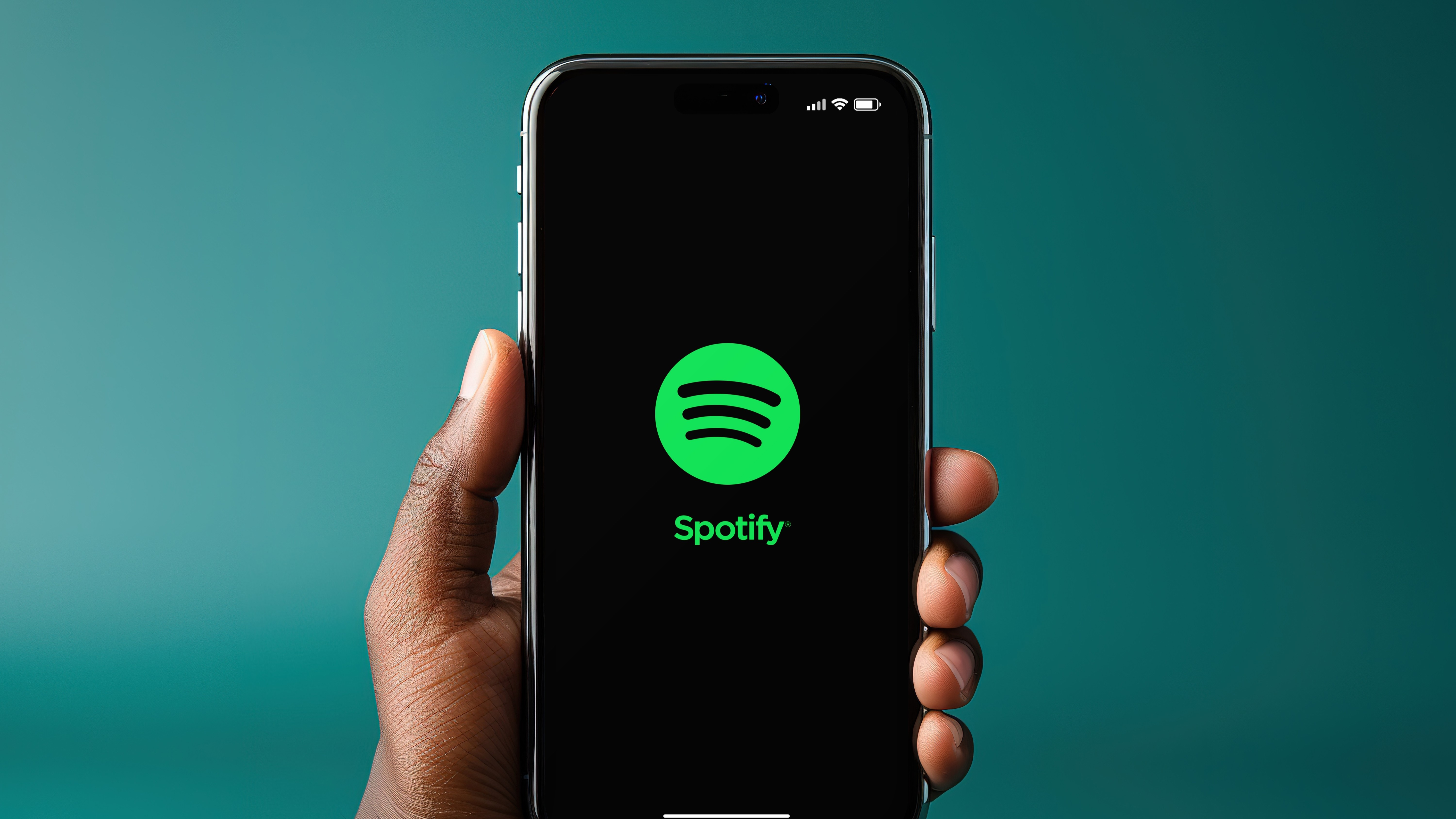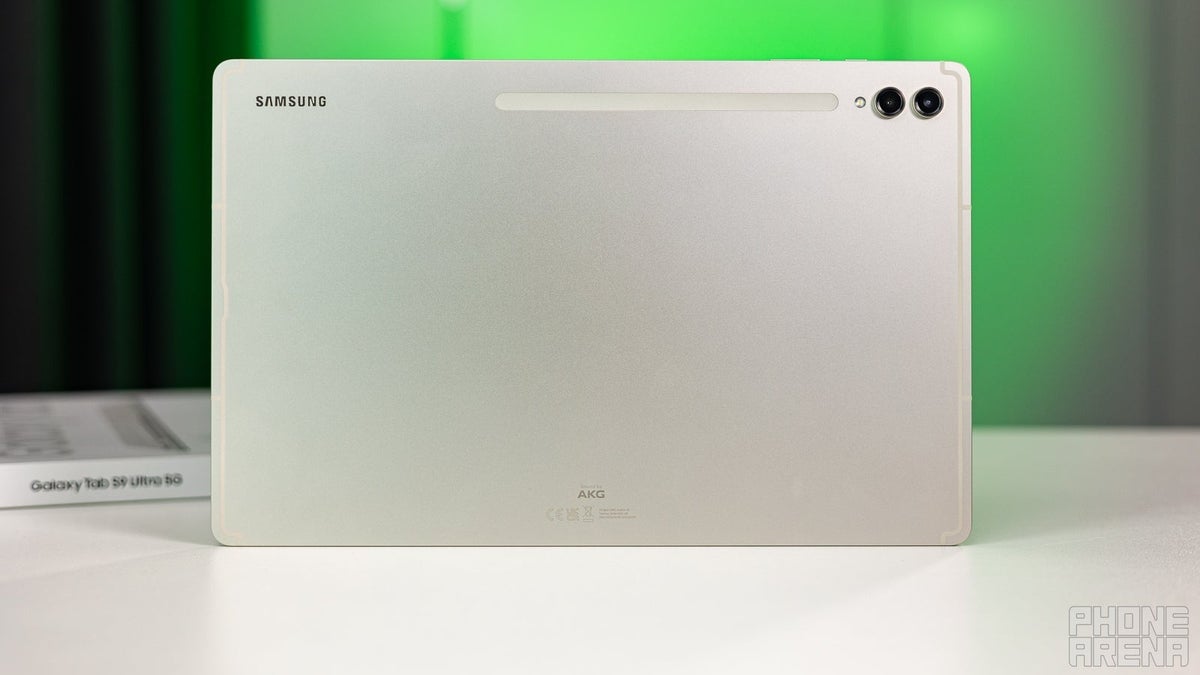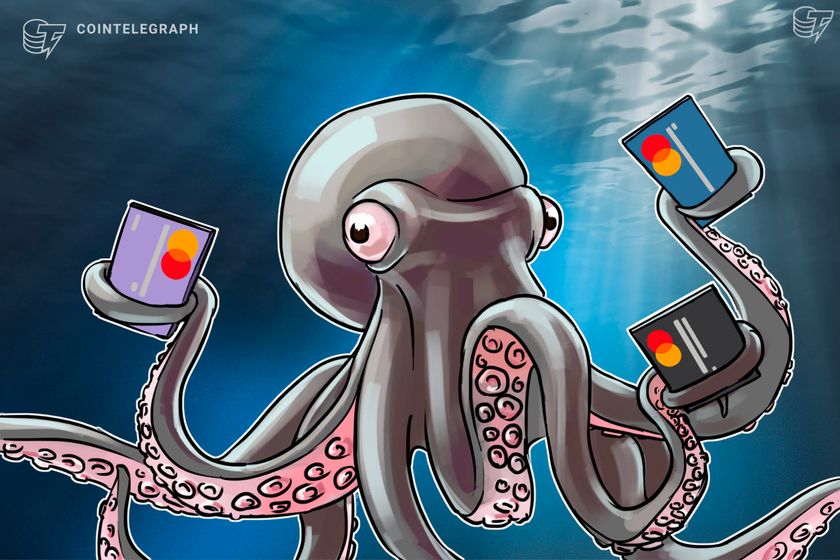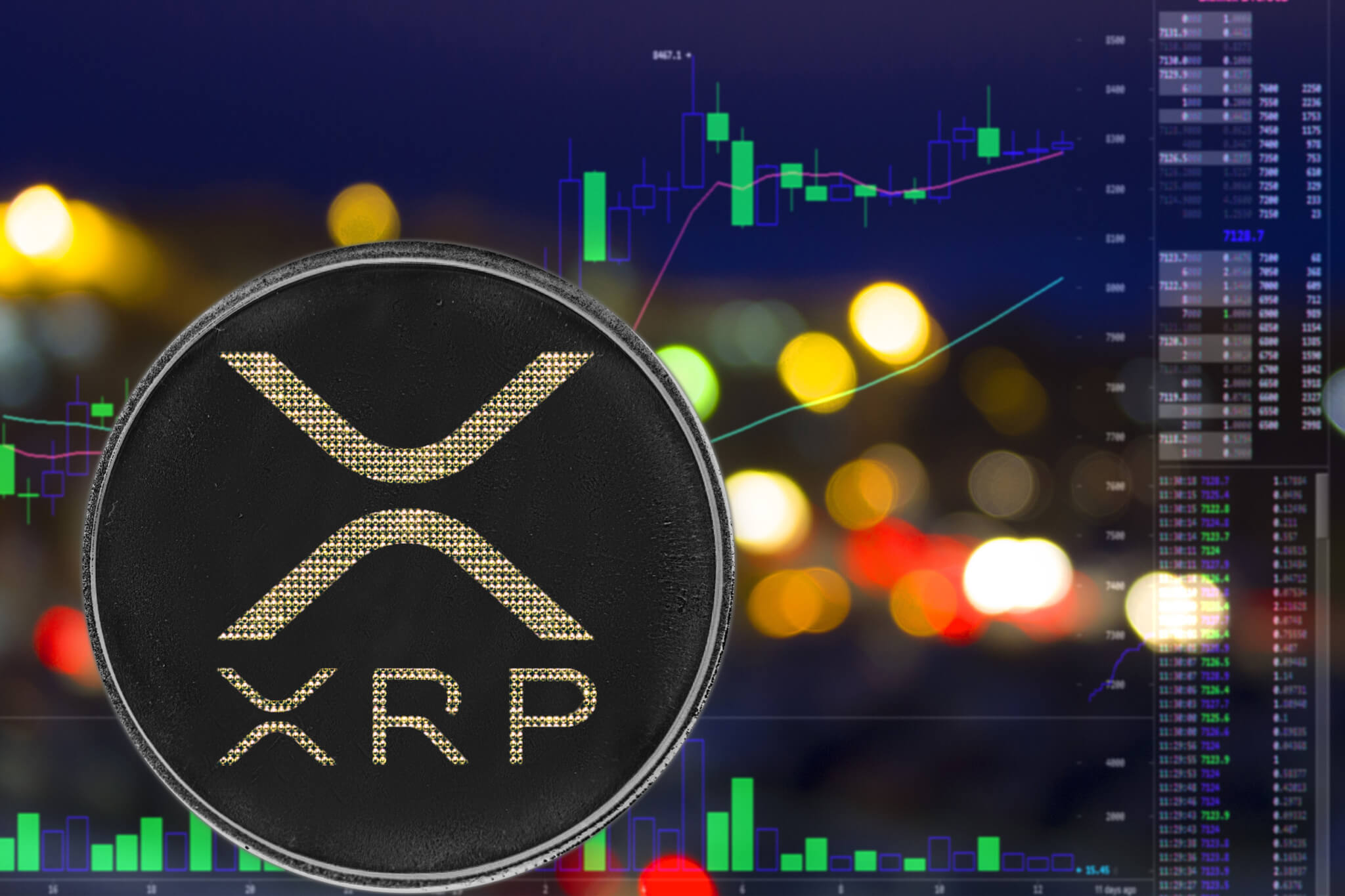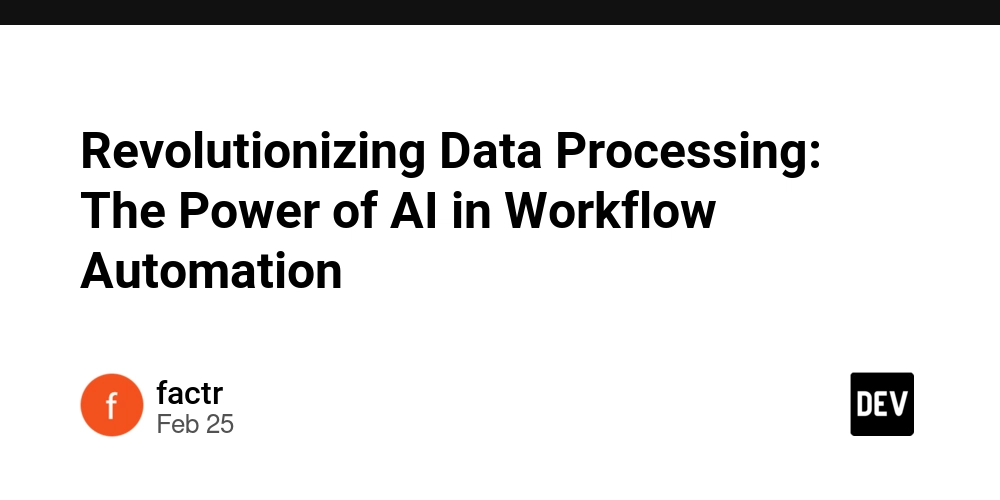Which Technology to Use to Develop an App Like Spotify?
Streaming apps like Spotify have revolutionized how we consume music, offering seamless access to millions of tracks on demand. The success of Spotify lies not only in its massive music library but also in the cutting-edge technology that powers its smooth user experience, fast content delivery, and intelligent music recommendations. If you’re planning to develop a music streaming app like Spotify, understanding the underlying technologies and frameworks is essential. In this blog, we’ll explore the key technologies, tools, and best practices you’ll need to create a robust and scalable music streaming app. Key Features of a Music Streaming App Like Spotify Before diving into the technology stack, it’s crucial to define the core features that make an app like Spotify successful: Music Library Management – Ability to store, organize, and categorize millions of tracks. User Profiles and Playlists – Allow users to create, modify, and share playlists. Real-Time Streaming – Fast and buffer-free audio streaming. Offline Mode – An Option to download songs for offline playback. Intelligent Recommendations – Personalized playlists and suggestions based on listening behavior. Social Integration – Allow users to follow friends and share music. Cross-Platform Support – Seamless experience across mobile, desktop, and web. Data Security and Privacy – Secure user data and payment information. Best Technologies to Develop an App Like Spotify To build a scalable, high-performance music streaming app like Spotify, you need to choose the right mix of programming languages, frameworks, and cloud infrastructure. Here's a detailed breakdown of the essential technologies: Frontend Development The front end is the user-facing side of the app where the design, navigation, and user interactions happen. It needs to be fast, responsive, and visually appealing. Mobile App Development React Native – A popular cross-platform framework for developing mobile apps for both iOS and Android using JavaScript. It allows for fast development and reusable code across platforms. Flutter – Google's framework using Dart, known for its high performance and rich UI components. Web App Development React.js – Ideal for building a responsive and dynamic web interface with reusable components. Vue.js – Lightweight and flexible for building interactive user interfaces. Angular – Suitable for complex web applications with two-way data binding and modular architecture. Desktop App Development Electron – Used for creating cross-platform desktop applications using web technologies (HTML, CSS, JavaScript). Backend Development The backend is responsible for handling music data, user accounts, payments, and streaming services. It processes user requests and ensures smooth communication between the client and the server. Programming Languages Python – Used for data processing, machine learning, and managing complex backend logic. Node.js – Lightweight and efficient for handling asynchronous operations and real-time streaming. Java – Well-suited for scalable and secure applications with complex logic. Frameworks Django (Python) – A high-level framework that encourages rapid Spotify clone development and clean architecture. Express.js (Node.js) – Minimalist framework for handling RESTful APIs and web requests. Spring Boot (Java) – A powerful framework for building microservices and secure APIs. Database Management A music streaming app requires a high-performance database to store user data, music metadata, and listening history. Relational Databases (for structured data): PostgreSQL – Open-source and powerful for handling complex queries and transactions. MySQL – Reliable for structured data storage with strong community support. NoSQL Databases (for unstructured data): MongoDB – Ideal for storing flexible data models like playlists and user preferences. Cassandra – Known for handling large amounts of data with high availability. Cloud Storage and Content Delivery A scalable cloud solution is essential for storing music files and delivering them to users quickly. Amazon S3 – Secure and cost-effective cloud storage for music files. Google Cloud Storage – It offers global coverage and fast data delivery. Content Delivery Network (CDN) – Services like Cloudflare and Akamai for reducing latency and improving streaming speed. Streaming Protocols Spotify relies on specialized streaming protocols to ensure smooth and uninterrupted audio playback. HTTP Live Streaming (HLS) – Efficient for delivering audio and video streams over the internet. Real-Time Messaging Protocol (RTMP) – Used for low-latency streaming. Dynamic Adaptive Streaming over HTTP (DASH) – Adjusts streaming quality based on network conditions. Machine Learning and Recommendation Algorithms Personalized recommendations and playlists are key differentiators for Spotify. Machine learning models analyze user behavior and preferences to suggest relevant content. Python –
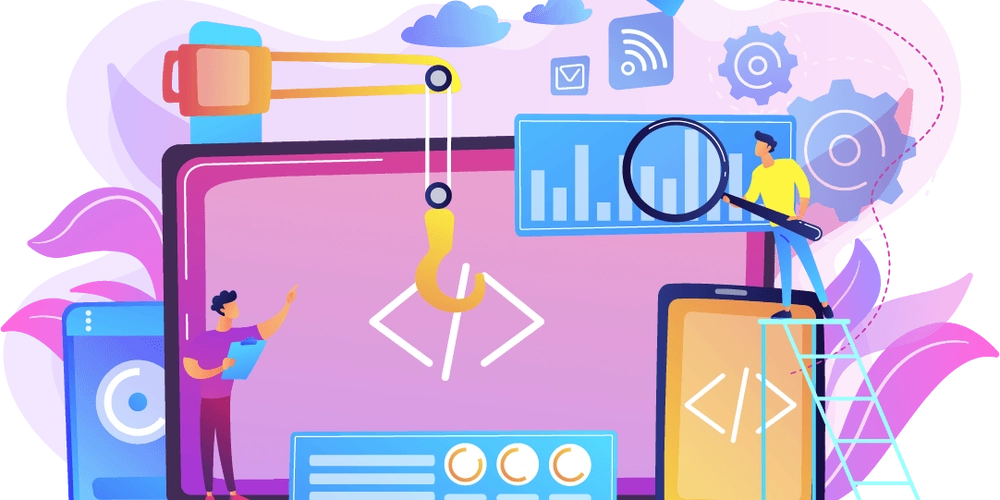
Streaming apps like Spotify have revolutionized how we consume music, offering seamless access to millions of tracks on demand. The success of Spotify lies not only in its massive music library but also in the cutting-edge technology that powers its smooth user experience, fast content delivery, and intelligent music recommendations.
If you’re planning to develop a music streaming app like Spotify, understanding the underlying technologies and frameworks is essential. In this blog, we’ll explore the key technologies, tools, and best practices you’ll need to create a robust and scalable music streaming app.
Key Features of a Music Streaming App Like Spotify
Before diving into the technology stack, it’s crucial to define the core features that make an app like Spotify successful:
Music Library Management – Ability to store, organize, and categorize millions of tracks.
User Profiles and Playlists – Allow users to create, modify, and share playlists.
Real-Time Streaming – Fast and buffer-free audio streaming.
Offline Mode – An Option to download songs for offline playback.
Intelligent Recommendations – Personalized playlists and suggestions based on listening behavior.
Social Integration – Allow users to follow friends and share music.
Cross-Platform Support – Seamless experience across mobile, desktop, and web.
Data Security and Privacy – Secure user data and payment information.
Best Technologies to Develop an App Like Spotify
To build a scalable, high-performance music streaming app like Spotify, you need to choose the right mix of programming languages, frameworks, and cloud infrastructure. Here's a detailed breakdown of the essential technologies:
Frontend Development
The front end is the user-facing side of the app where the design, navigation, and user interactions happen. It needs to be fast, responsive, and visually appealing.
Mobile App Development
React Native – A popular cross-platform framework for developing mobile apps for both iOS and Android using JavaScript. It allows for fast development and reusable code across platforms.
Flutter – Google's framework using Dart, known for its high performance and rich UI components.
Web App Development
React.js – Ideal for building a responsive and dynamic web interface with reusable components.
Vue.js – Lightweight and flexible for building interactive user interfaces.
Angular – Suitable for complex web applications with two-way data binding and modular architecture.
Desktop App Development
Electron – Used for creating cross-platform desktop applications using web technologies (HTML, CSS, JavaScript).
Backend Development
The backend is responsible for handling music data, user accounts, payments, and streaming services. It processes user requests and ensures smooth communication between the client and the server.
Programming Languages
Python – Used for data processing, machine learning, and managing complex backend logic.
Node.js – Lightweight and efficient for handling asynchronous operations and real-time streaming.
Java – Well-suited for scalable and secure applications with complex logic.
Frameworks
Django (Python) – A high-level framework that encourages rapid Spotify clone development and clean architecture.
Express.js (Node.js) – Minimalist framework for handling RESTful APIs and web requests.
Spring Boot (Java) – A powerful framework for building microservices and secure APIs.
Database Management
A music streaming app requires a high-performance database to store user data, music metadata, and listening history.
Relational Databases (for structured data):
PostgreSQL – Open-source and powerful for handling complex queries and transactions.
MySQL – Reliable for structured data storage with strong community support.
NoSQL Databases (for unstructured data):
MongoDB – Ideal for storing flexible data models like playlists and user preferences.
Cassandra – Known for handling large amounts of data with high availability.
Cloud Storage and Content Delivery
A scalable cloud solution is essential for storing music files and delivering them to users quickly.
Amazon S3 – Secure and cost-effective cloud storage for music files.
Google Cloud Storage – It offers global coverage and fast data delivery.
Content Delivery Network (CDN) – Services like Cloudflare and Akamai for reducing latency and improving streaming speed.
Streaming Protocols
Spotify relies on specialized streaming protocols to ensure smooth and uninterrupted audio playback.
HTTP Live Streaming (HLS) – Efficient for delivering audio and video streams over the internet.
Real-Time Messaging Protocol (RTMP) – Used for low-latency streaming.
Dynamic Adaptive Streaming over HTTP (DASH) – Adjusts streaming quality based on network conditions.
Machine Learning and Recommendation Algorithms
Personalized recommendations and playlists are key differentiators for Spotify. Machine learning models analyze user behavior and preferences to suggest relevant content.
Python – Ideal for developing machine learning models.
TensorFlow – Google’s open-source machine learning platform.
Scikit-Learn – A Python library for data mining and analysis.
Collaborative Filtering – Recommends content based on user similarity.
Natural Language Processing (NLP) – Analyzes song lyrics and user reviews to improve recommendations.
User Authentication and Security
A secure login and payment process is critical to protect user data.
OAuth 2.0 – For secure login using social media accounts.
JWT (JSON Web Tokens) – For session-based authentication.
HTTPS and SSL/TLS – For encrypted data transmission.
Stripe/PayPal – For secure payment processing.
Push Notifications and Real-Time Updates
Engage users and keep them updated with personalized notifications.
Firebase Cloud Messaging (FCM) – Google’s platform for push notifications.
OneSignal – A popular tool for handling mobile and web push notifications.
Best Practices for Developing a Music Streaming App







































































































































































![[The AI Show Episode 143]: ChatGPT Revenue Surge, New AGI Timelines, Amazon’s AI Agent, Claude for Education, Model Context Protocol & LLMs Pass the Turing Test](https://www.marketingaiinstitute.com/hubfs/ep%20143%20cover.png)



















































































































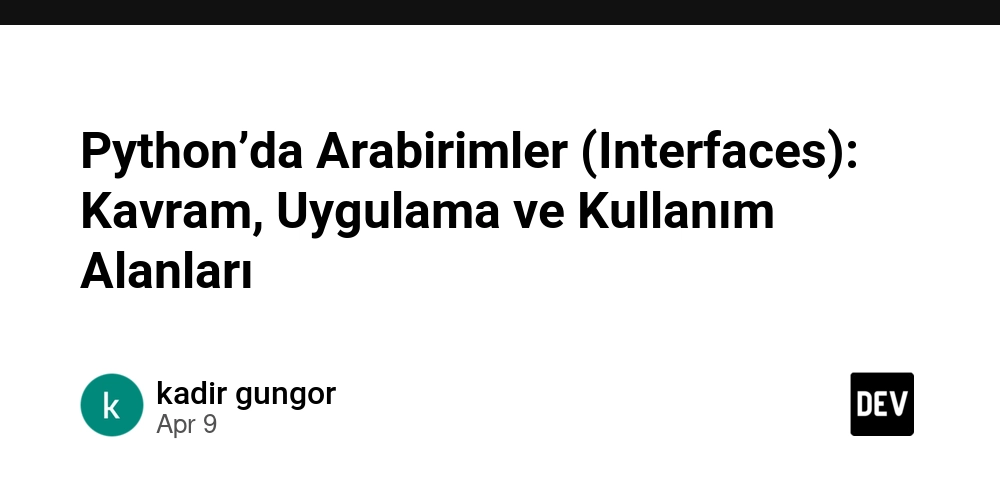
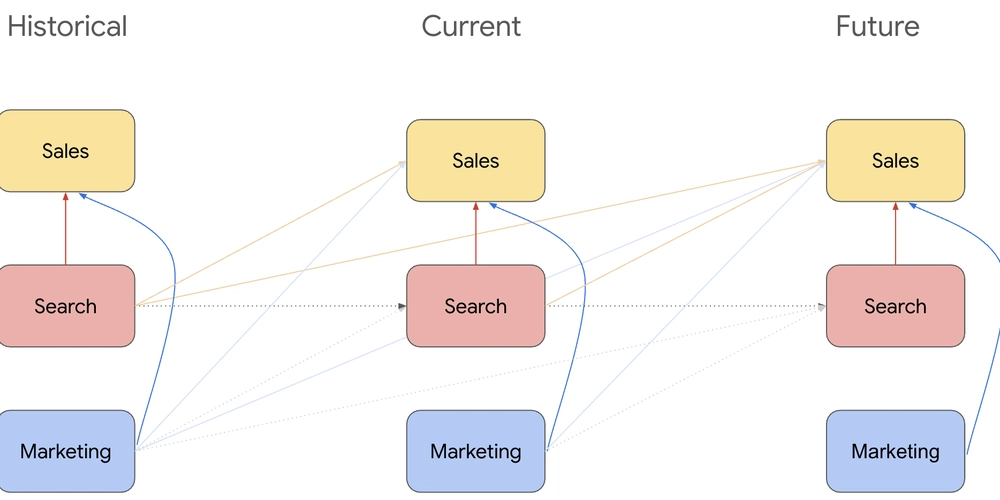

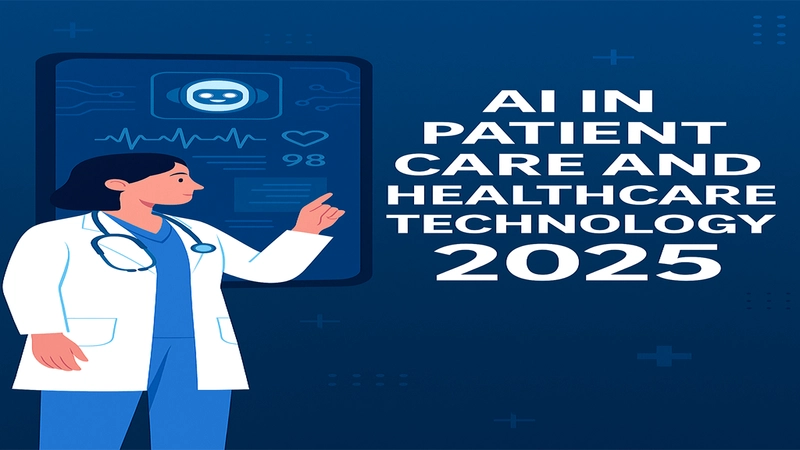














![From drop-out to software architect with Jason Lengstorf [Podcast #167]](https://cdn.hashnode.com/res/hashnode/image/upload/v1743796461357/f3d19cd7-e6f5-4d7c-8bfc-eb974bc8da68.png?#)











































.png?width=1920&height=1920&fit=bounds&quality=70&format=jpg&auto=webp#)




























































.jpg?#)







.png?width=1920&height=1920&fit=bounds&quality=70&format=jpg&auto=webp#)























_ArtemisDiana_Alamy.jpg?#)












































































-xl.jpg)





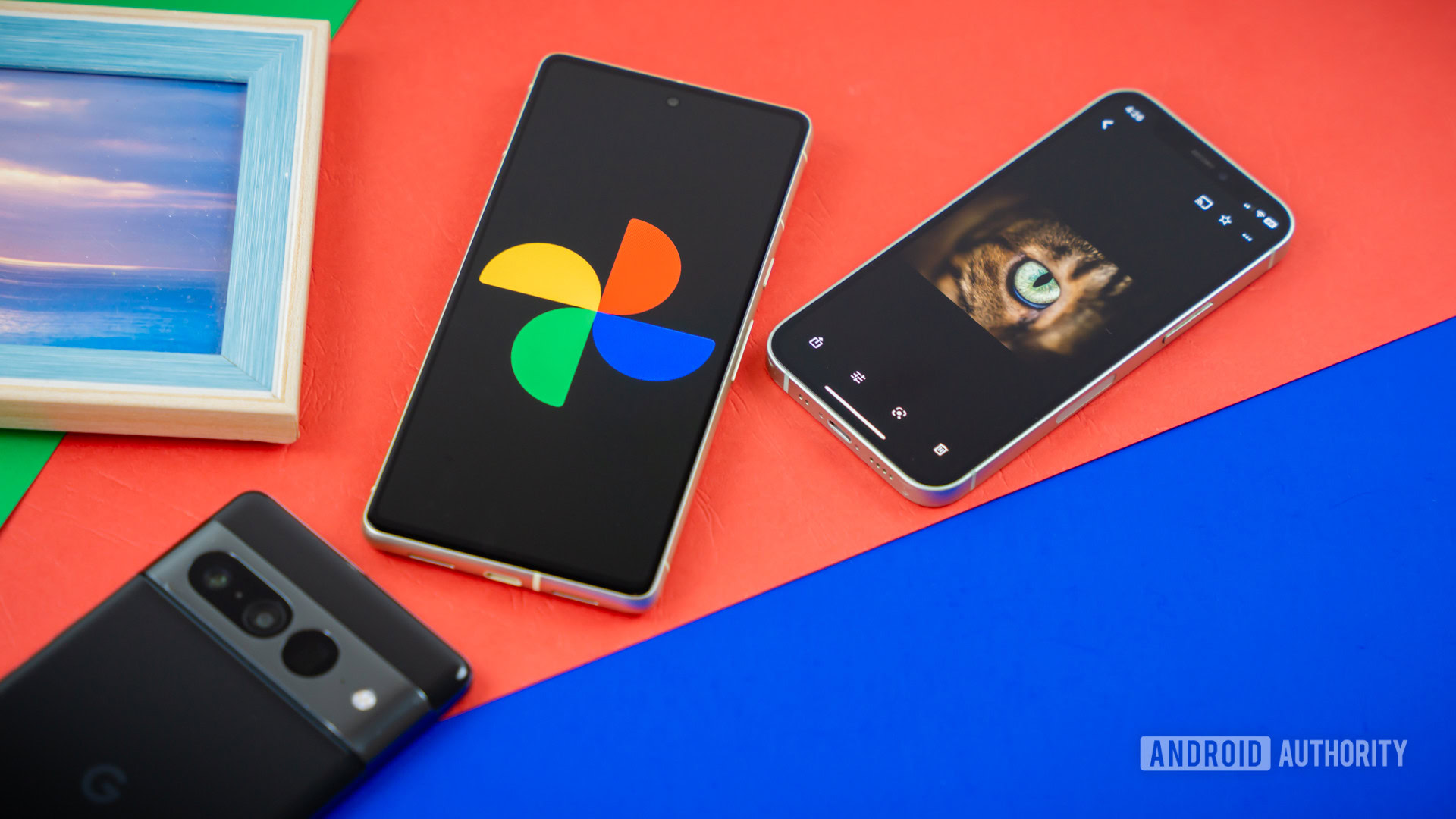
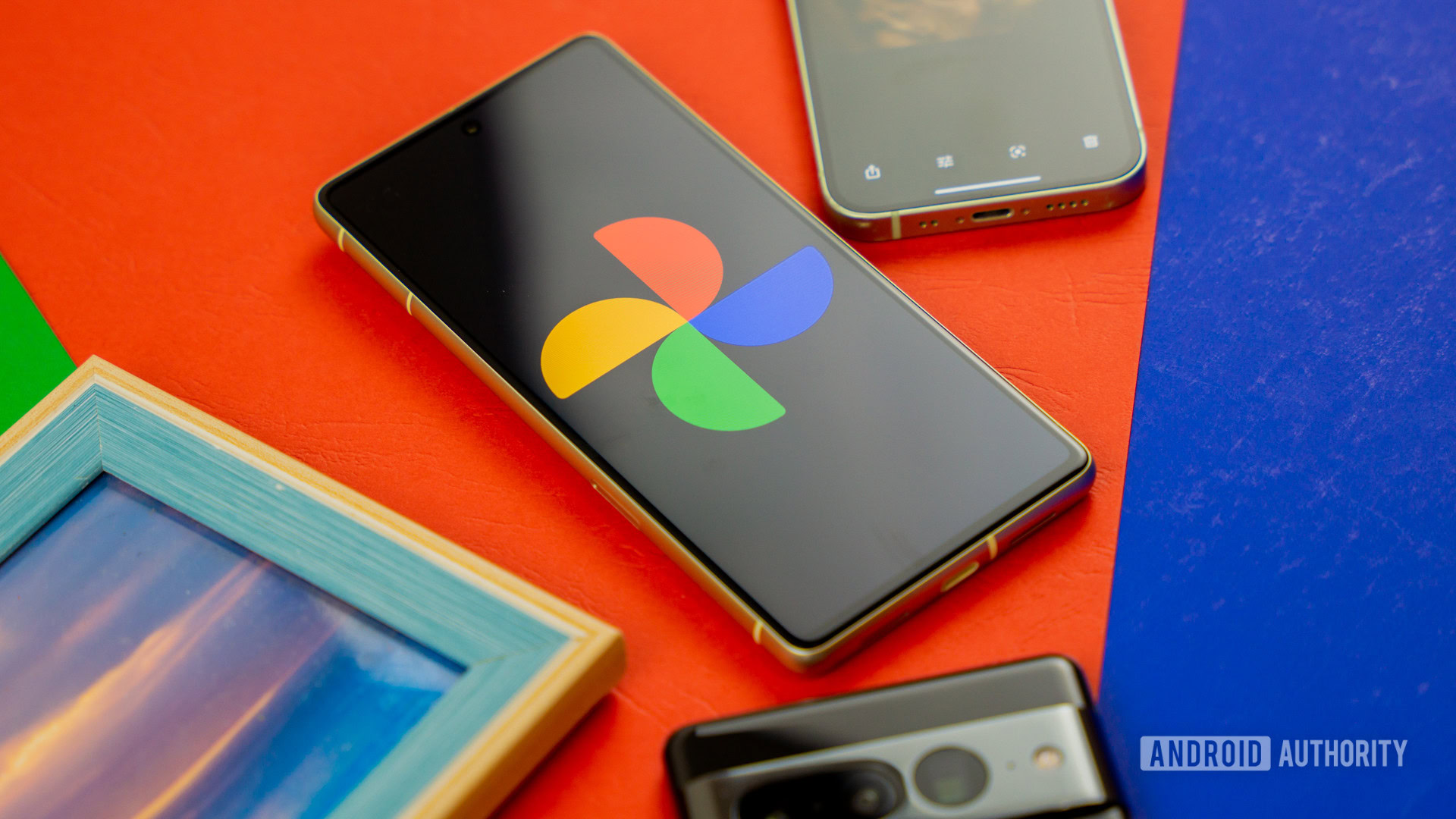





![Yes, the Gemini icon is now bigger and brighter on Android [U]](https://i0.wp.com/9to5google.com/wp-content/uploads/sites/4/2025/02/Gemini-on-Galaxy-S25.jpg?resize=1200%2C628&quality=82&strip=all&ssl=1)












![Apple Rushes Five Planes of iPhones to US Ahead of New Tariffs [Report]](https://www.iclarified.com/images/news/96967/96967/96967-640.jpg)
![Apple Vision Pro 2 Allegedly in Production Ahead of 2025 Launch [Rumor]](https://www.iclarified.com/images/news/96965/96965/96965-640.jpg)

















